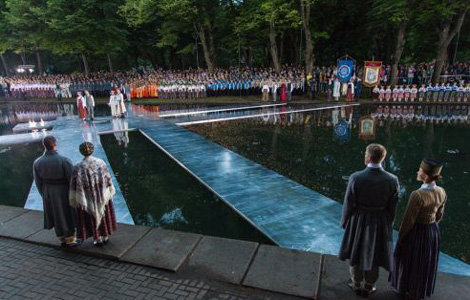Seoul churns out 'fast fashion'
Updated: 2013-07-02 08:07
By Joyce Lee in Seoul (China Daily)
|
||||||||
In central Seoul's street fashion Mecca of Dongdaemun, more than 30,000 outlets and thousands of sewing workshops packed into a 2 sq km area churn out clothes in as little as a day.
That's a lightning pace compared with the one to three weeks needed by global "fast" brands such as Inditex's Zara and H&M.
For many years, the shopping district was home to seamstresses and merchants eking out a living by selling dyed military uniforms and, later, knock-offs of global luxury brands.
Now, Dongdaemun is emerging as a real power for Korea Inc, best known for its Samsung smartphones and engineering, and is leading its apparel industry's overseas expansion.
"Dongdaemun might be the only place on Earth where if a design is decided and ordered in the morning, raw materials can be purchased by noon at the latest and finished products start arriving at the shop on the same day," said Lim Joon-weon, director of operations at Lotte Asset Development's FitIn mall in the area.
Behind the swift production is an ecosystem that includes 35,000 retail and wholesale clothing shops, the country's largest fabric market, and an estimated 5,000 sewing workshops of six to 10 workers each, operating in close proximity.
Similar turnaround times in an organically formed fashion hub are unheard of even in places like Guangzhou, Guangdong province, where the scale of the wholesale market is too vast to enable such rapid production, Lim said.
Great expansion
Park Song-soo, the chairman of privately owned E-Land Group, first opened a clothes shop in front of Seoul's Ewha Womans University in 1984, but is now at the forefront of the overseas expansion of Korean fashion brands.
E-Land began retail sales in China in 1997 and has carved out a slice of the fragmented fashion market as one of the country's top five apparel retailers, according to a 2012 Standard & Poor's report, with average annual growth of 60 percent over the past 10 years.
It has more than 2,000 outlets in China and earned $1.8 billion last year, building its growth on different fits and colors for consumers in 60 different regions.
More recent fashion groups ride the coattails of the rising fortunes of K-pop, Korean television dramas and celebrities like rapper Psy.
"Right now, the biggest draw is the 'Made in Korea' label," said Yun Bum-suk, founder of fast fashion brand and wholesaler JEIKEI, which sells more than 3.5 million pairs of jeans annually in South Korea, China, Thailand and Vietnam.
"Consumers in Southeast Asia tended to respond better to the exact color and style they've seen in Korean dramas than to clothes modified to fit local tastes," he said.
At Singapore's Wheelock Place in the shopping district surrounding Orchard Road, a new flagship store for the Headline Seoul brand opened in late April. Its initial reception as a pop-up store in the Raffles Hotel last year was positive enough for founders to plan five more in Singapore and the Philippines and a shop in Malaysia to open later this year.
Chaebols taking note
Even units of conservative chaebols, or big business groups, such as Samsung Group's Cheil Industries Inc and LG Fashion Corp, are now shoring up their fast fashion brands and working on improving existing overseas stores' profitability to go toe-to-toe with global brands.
But these companies have yet to prove their staying power in Asia and leverage the expansion of South Korean chic into actual sales.
LG Fashion, which entered China in 2004, reported a 24 percent year-on-year drop in operating profit in the first quarter of 2013 as its wholly owned Shanghai unit and its Beijing joint venture with Lafuma SA continued to report losses.
Cheil Industries - which has a fashion business that made up about 30 percent of its total revenue in 2012 - is considering the China launch of its new fast fashion brand 8seconds next year. But its Bean Pole brand remains a lackluster performer in China, analysts said.
"Chaebol fashion firms have got the cash and the retail experience," said Park Hee-jin, apparel sector analyst at Shinhan Investment Corp. "The biggest thing they need is time."
Reuters
(China Daily 07/02/2013 page10)

 Egypt army gives Mursi 48 hours to share power
Egypt army gives Mursi 48 hours to share power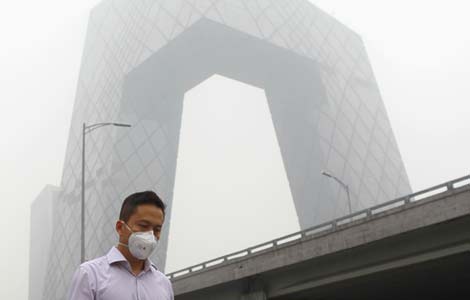
 No quick end in sight for Beijing smog
No quick end in sight for Beijing smog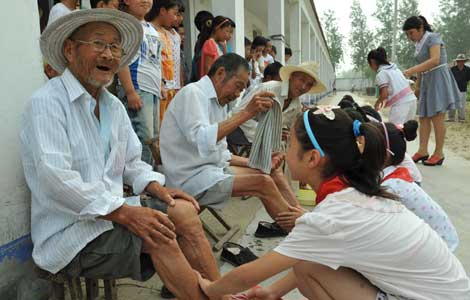
 New filial law sparks debate
New filial law sparks debate
 Bakelants claims Tour de France second stage
Bakelants claims Tour de France second stage
 2013 BET Awards in Los Angeles
2013 BET Awards in Los Angeles
 Gay pride parade around the world
Gay pride parade around the world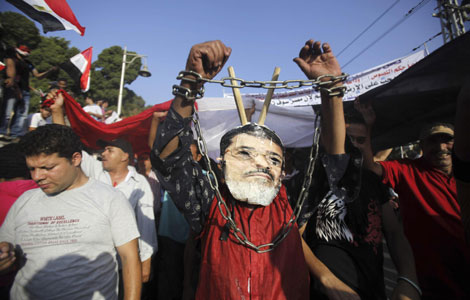
 Four dead in Egypt clashes, scores wounded
Four dead in Egypt clashes, scores wounded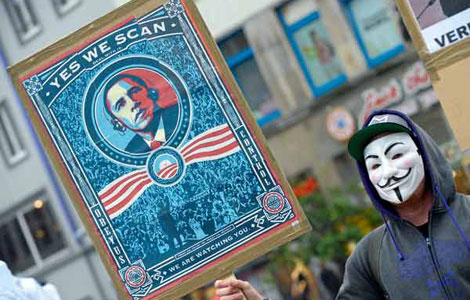
 New NSA spying allegations rile European allies
New NSA spying allegations rile European allies
Most Viewed
Editor's Picks

|

|

|
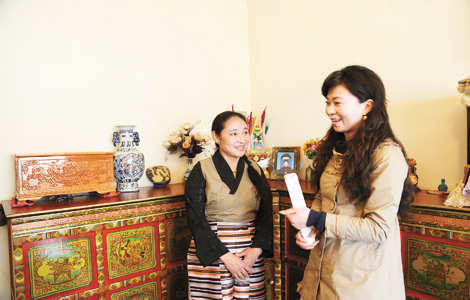
|
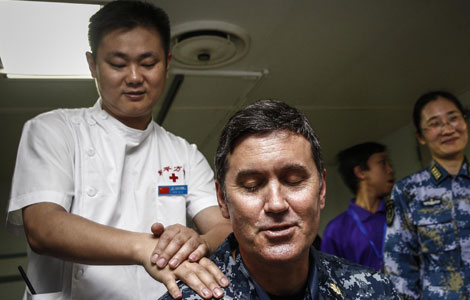
|

|
Today's Top News
Snowden threats to make new US leaks
Book reveals islands' true history
Mandela 'still critical but stable'
Tokyo warned not to resort to 'empty talk'
Snowden applies for Russian asylum
No quick end in sight for Beijing smog
New home prices defy curbs
Shanghai to open first Sino-foreign high school
US Weekly

|

|
